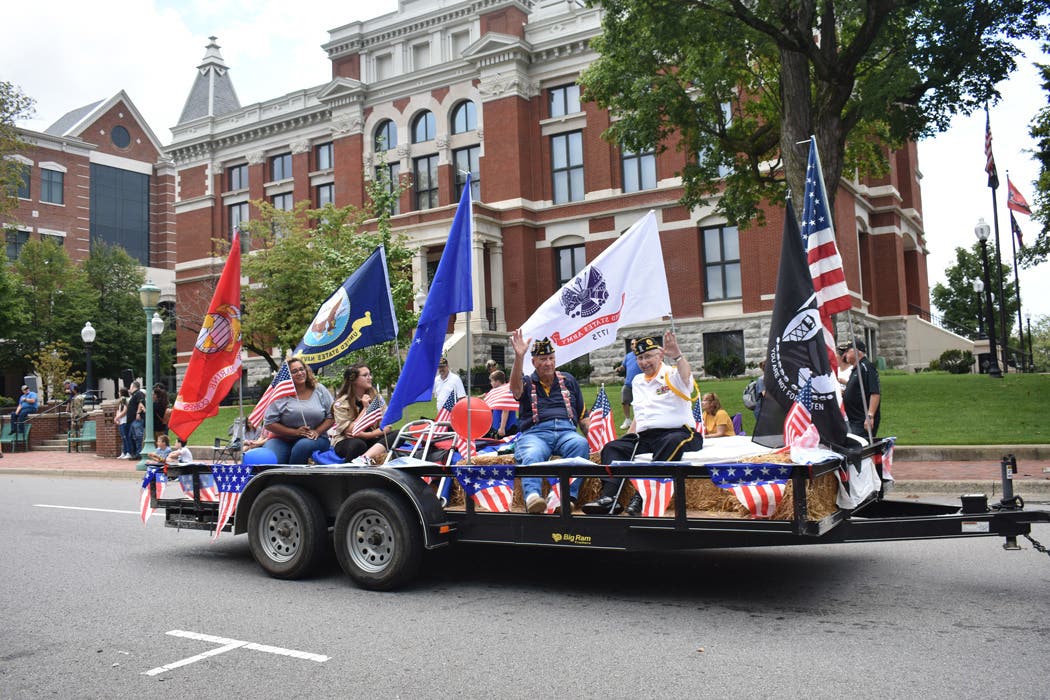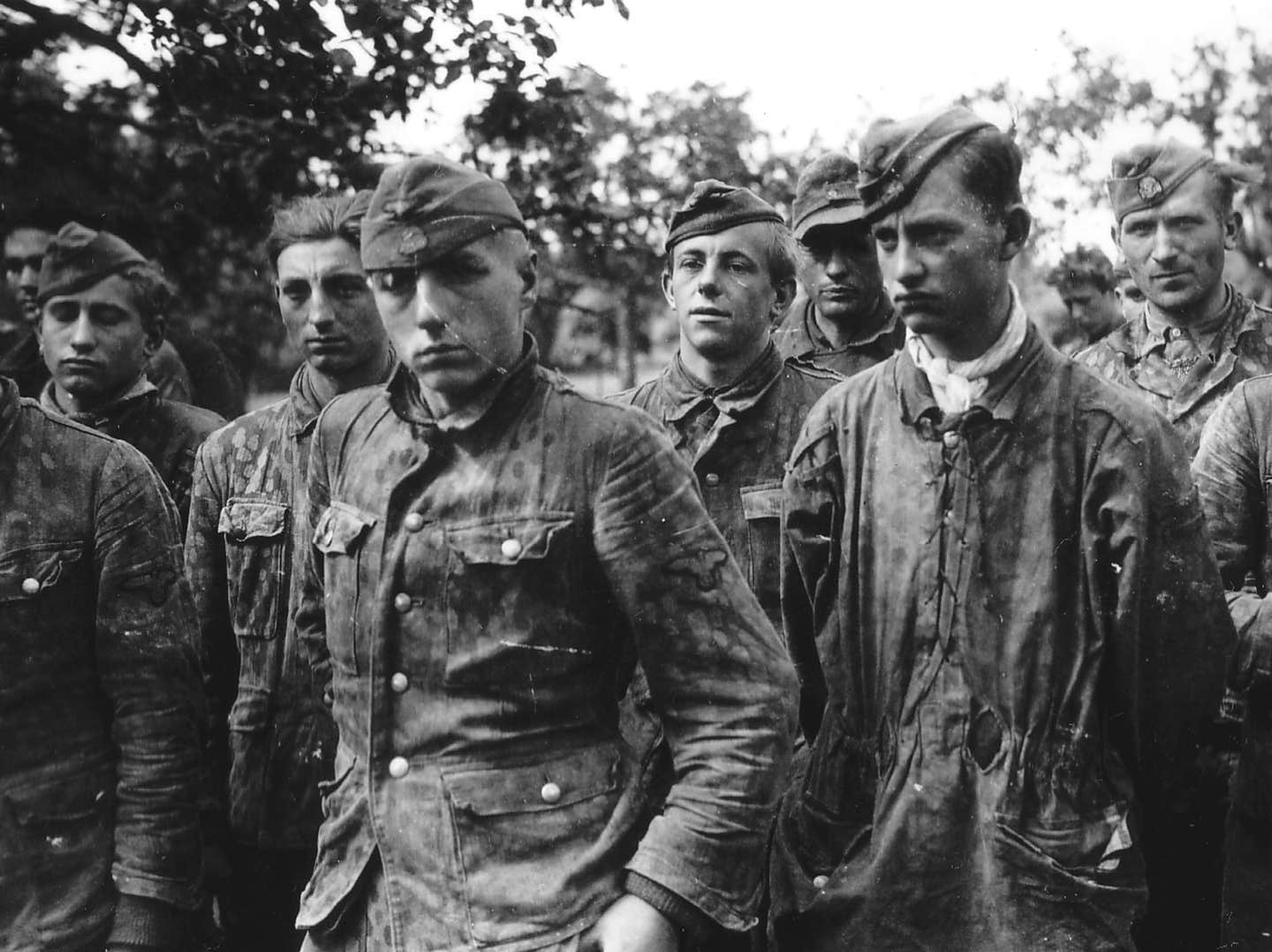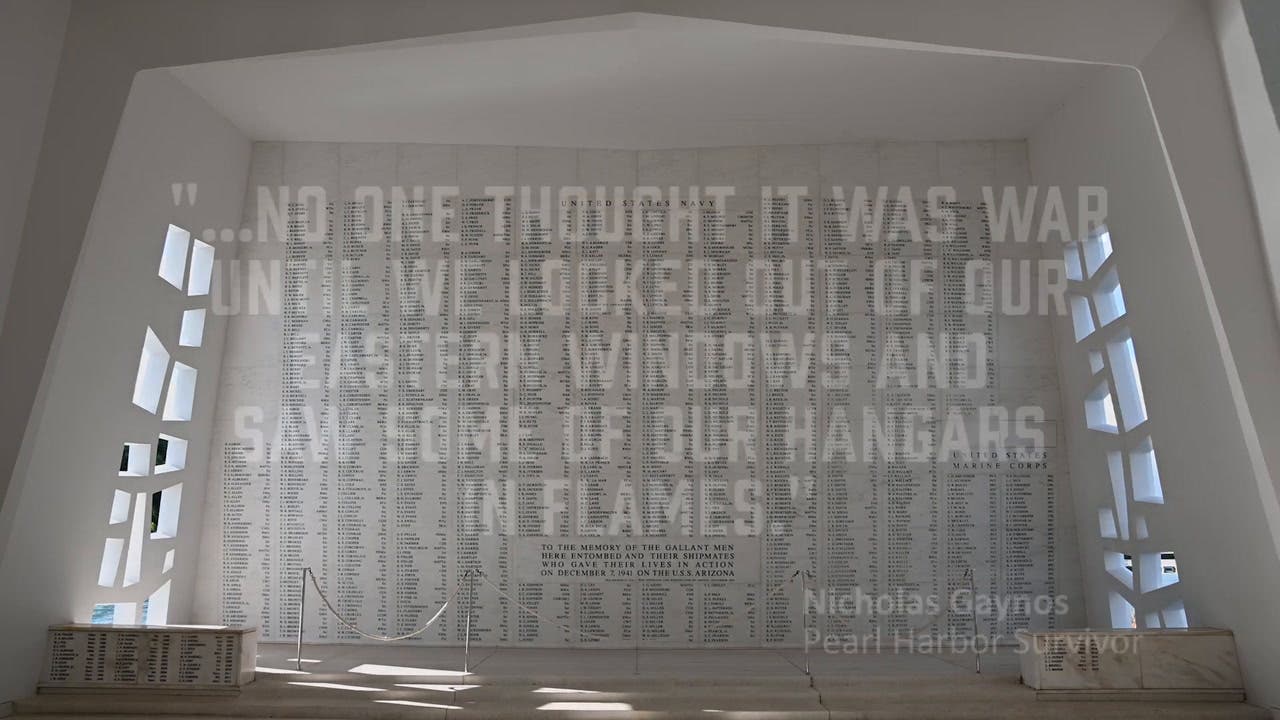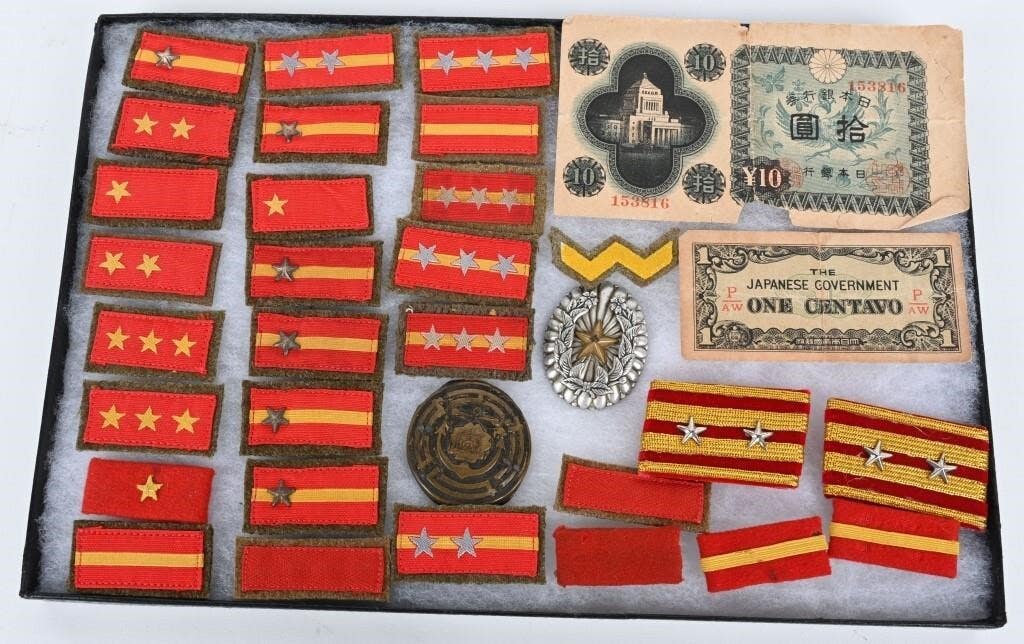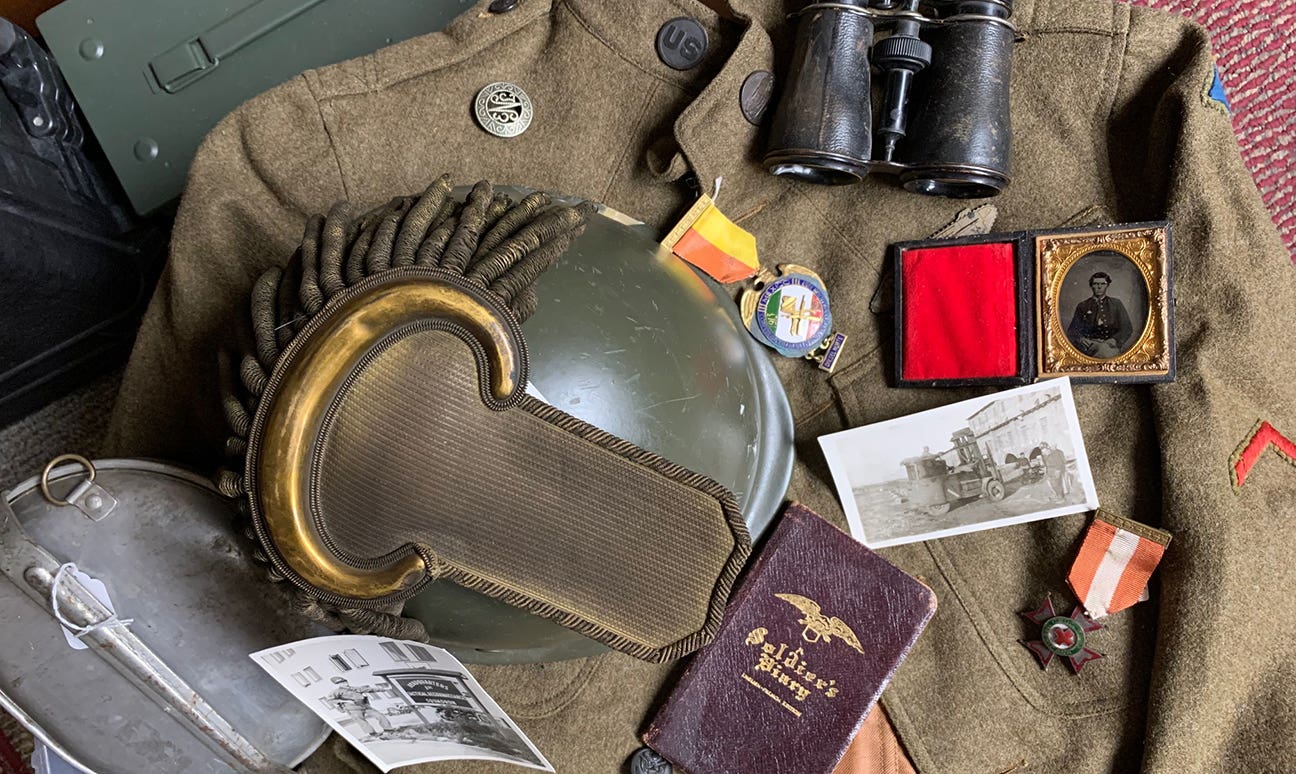Surplus and Antique Military Equipment Requires New Respect
Just because that old Army Jeep, M1 Garand, or 1861 Springfield performed when soldiers used them doesn’t mean that they are up to the same rigors today.
It isn’t reasonable to expect an 80-year-old vehicle to operate as safely as the day it was made or a 160-year old firearm to withstand the explosive pressures of modern loads. Nor is it reasonable to expect 50-year-old uniforms to still fit the soldier to whom they were issued. Most collectors understand the effects of time passage on the relics they cherish, and yet, every year, we hear about horrific accidents occurring during the use of original artifacts.
NOT AS SMART AS I THINK I AM
Not long ago, I was photographing a recently restored tank. After I had climbed on top of it to take some photos, I began my precarious descent from the massive machine. Feeling a bit self-conscious about my slow maneuver, I decided, “Oh heck with it, I will just jump off.”
And with that, I plunged with the delight of an 18-year-old but with the extra weight of a 58-year old. I landed on both feet, careful to not twist my ankles, but at the point of impact, realized, “Oh crap…I could shatter my legs doing this!”
I was okay, or thought I was. I grabbed my camera, and hustled onto the next photographic appointment. It wasn’t until a week later that I realized one of my legs had been really sore.
After going to the doctor, I found I had a “stress fracture.”
What the heck? I used to jump off of tanks and other high places all the time!
OLD EQUIPMENT REQUIRES NEW RESPECT
Okay, I will be fine…leg is a bit sore; ego a bit deflated. The goofy act, though, is a good reminder to myself, and hopefully to you, that old equipment (whether that equipment is our own bodies or the military hardware we are employing) is not in the same condition as when first issued.
We love to drive our vehicles. Reenactors rely on a lot of original gear for their impressions. And a lot of us like to use surplus material for modern day chores ranging from camping to excavating basements and hauling heavy equipment. The point is, just because something was once tasked with doing a particular chore, don’t expect it to do that same chore twenty, thirty, fifty, or one hundred and fifty years later.
Years ago, I had an original Model 1842 musket with a rusted-out bolster. To participate in the 125th Anniversary of the First Battle of Manassas, I had a gunsmith weld up and grind a new one. Finished the day before the reenactment, I picked up the weapon and made the drive out to Virginia. Falling into formation the next morning, I proudly shouldered the untested, rebuilt Model 1842 as I marched with thousands of other reenactors onto the field of the impending confrontation.
With thousands of muskets and hundreds of cannons firing, the “din of battle” was more real than I had ever imagined. I tore cartridge after cartridge, dropping the powder down the bore and “finger ramming” the paper into the muzzle.
My “regiment” fired round after round, and I repeated the process with each command to “reload.” It wasn’t until after the seventh or eighth volley that I realized only the percussion cap on my musket was firing…no charge.
With permission, I broke ranks, pulled my pick from the cap box and proceeded to clear the vent. With another percussion cap placed, I asked permission to discharge my musket. My Sergeant wisely told me to step to the side of my unit to "clear the weapon."
WOOOSH—BAROOOOM!
Calls from the line of “Huzza for Graf’s Light Artillery” set me to laughing — only half realizing what a truly stupid thing I had just survived.
The point is, it is easy to assume that the old weapons, vehicles, and equipment that we know once served so well will continue to do so. The reality is, each year, some of this equipment fails…sometimes with catastrophic results.
I don’t report on these catastrophic failures because, too often, other media outlets will grab the stories and sensationalize the results. In the past, such mis-reporting has led to the call to ban military vehicles, full-automatic weapons, and surplus sales, in general.
Suffice it to say, our hobby’s best defense against these sorts of overreactions is to police our own ranks. If you see someone using a relic in a way that is putting them or others in jeopardy, point it out.
Reconsider how you use your military surplus and relics. If you are expecting it to perform with the same results as when first manufactured, you might just think it through before you pull the trigger, yank the rip-cord, or depress the throttle.
These relics, like so many of our readers, are grand, old veterans…but not quite in the same condition as when they first served.
Preserve the memories,
John Adams-Graf
Editor, Military Trader and Military Vehicles Magazine
You may also enjoy
*As an Amazon Associate, Military Trader / Military Vehicles earns from qualifying purchases.
John Adams-Graf ("JAG" to most) is the editor of Military Trader and Military Vehicles Magazine. He has been a military collector for his entire life. The son of a WWII veteran, his writings carry many lessons from the Greatest Generation. JAG has authored several books, including multiple editions of Warman's WWII Collectibles, Civil War Collectibles, and the Standard Catalog of Civil War Firearms. He is a passionate shooter, wood-splitter, kayaker, and WWI AEF Tank Corps collector.




